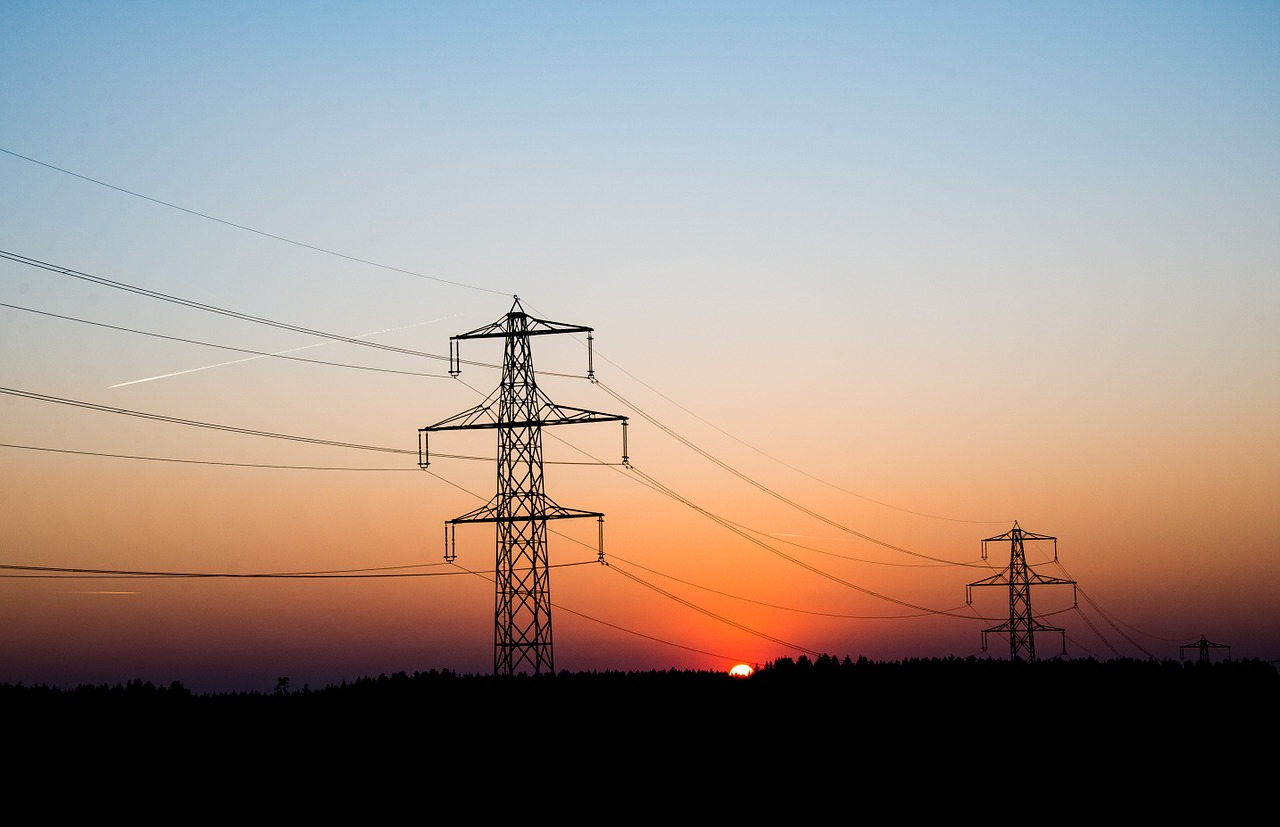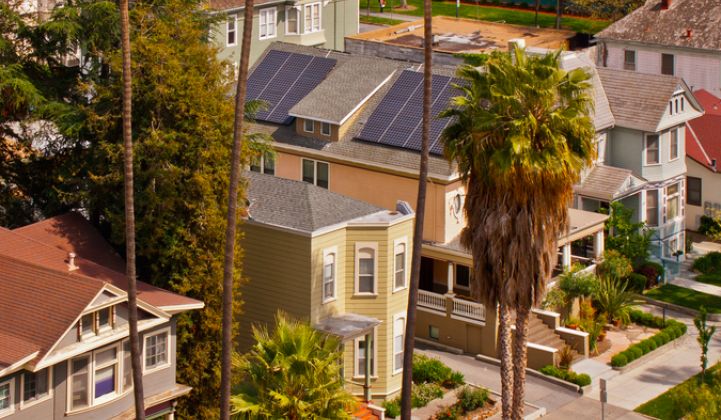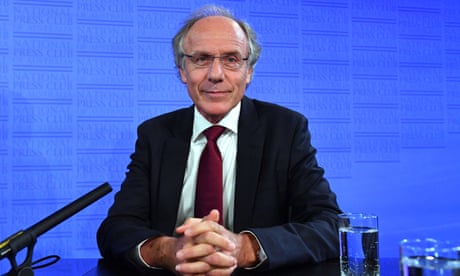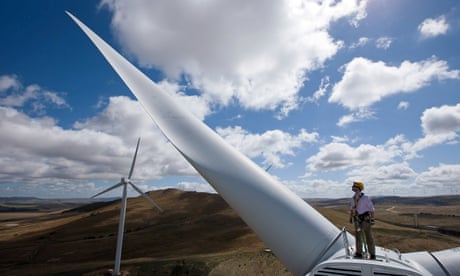
Coca-Cola said it will make severance offers "in many countries internationally" and that the plan will cost between $350 million and $550 million. File Photo by Billie Jean Shaw/UPI
Aug. 28 (UPI) -- Coca-Cola said Friday it will offer voluntary layoffs to 4,000 employees and hinted that involuntary job cuts would follow.
The announcement is part of the company's plan to restructure its workforce
Coca-Cola said the voluntary layoffs are intended to mitigate involuntary layoffs.
The company said the voluntary layoffs will be offered at its U.S., Canadian and Puerto Rican operations.
"We have been on a multi-year journey to transform our organization," Coca-Cola Chairman and CEO James Quincey said in a statement. "The changes in our operating model will shift our marketing to drive more growth and put execution closer to customers and consumers while prioritizing a portfolio of strong brands and disciplined innovation framework.
"As we implement these changes, we're continuing to evolve our organization, which will include significant changes in the structure of our workforce."
Coca-Cola said it will make similar severance offers "in many countries internationally" and that the plan will cost between $350 million and $550 million.
The soft drink company, which has more than 80,000 employees worldwide, said it's creating nine new operating units. Coca-Cola said they will offer "more consistency in structure" and focus on eliminating repetition of resources.
The company said the voluntary layoffs will be offered at its U.S., Canadian and Puerto Rican operations.
"We have been on a multi-year journey to transform our organization," Coca-Cola Chairman and CEO James Quincey said in a statement. "The changes in our operating model will shift our marketing to drive more growth and put execution closer to customers and consumers while prioritizing a portfolio of strong brands and disciplined innovation framework.
"As we implement these changes, we're continuing to evolve our organization, which will include significant changes in the structure of our workforce."
Coca-Cola said it will make similar severance offers "in many countries internationally" and that the plan will cost between $350 million and $550 million.
The soft drink company, which has more than 80,000 employees worldwide, said it's creating nine new operating units. Coca-Cola said they will offer "more consistency in structure" and focus on eliminating repetition of resources.













